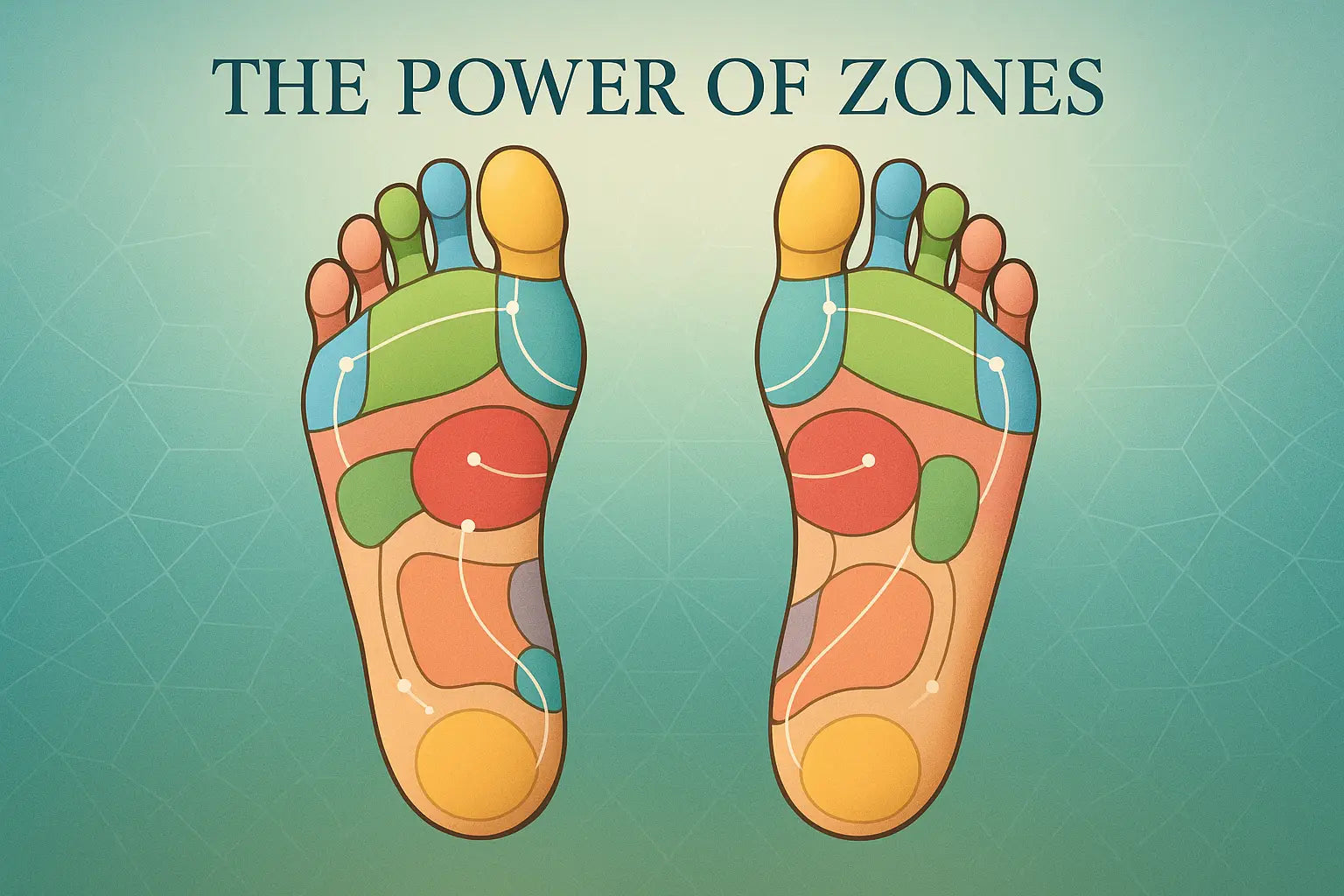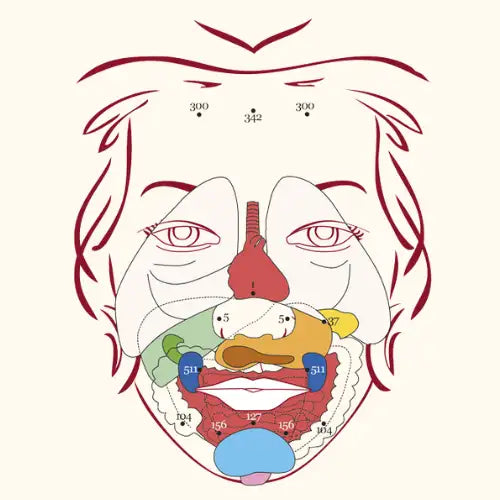Beyond the Reflex Map: A New Interpretation of Zones for Client Assessments
Foot Reflexology. Published August 15, 2025. Updated November 25, 2025.
Beyond the Reflex Map: A New Interpretation of Zones for Client Assessments
When reflexology instructor and practitioner Erica Weiland looks at her clients' feet, she doesn’t just see reflexes—she sees an intricate map of the body’s energy channels, structural imbalances, and the story of how someone moves through life. In this blog, Quanta School of Reflexology will discuss a different style of zone-based approach to transform the foot assessment from a simple reflex routine and consultation into a sophisticated analysis of posture, biomechanics, and energetic flow patterns.
’I invite you to not necessarily think about the body in terms of systems and parts like we’ve been trained through in the Western perspective,’ Erica explains, ’but to start thinking of the body in terms of channels of energy and channels of sections.’ This paradigm shift represents one of the most significant advances in modern reflexology practice, offering reflexology practitioners a deeper insight into client health through advanced foot assessment techniques.
This innovative interpretation of reflexology zones moves beyond traditional reflexology charts, focusing on dynamic energy flow and postural analysis. Erica Weiland’s methodology for foot reflexology assessments at Quanta School of Reflexology helps practitioners identify not only areas of congestion but also the underlying biomechanical and energetic reasons for these imbalances. This holistic reflexology approach enriches client consultations, providing a comprehensive view of wellbeing.
By understanding the feet as a microcosm of the entire body's energy channels, reflexology practitioners can offer more targeted and effective treatments. This modern reflexology training emphasizes viewing the body as interconnected energetic sections, allowing for a profound understanding of how movement and energy affect overall health. Quanta School of Reflexology is dedicated to teaching these advanced reflexology techniques, enhancing the skills of reflexology students and experienced therapists alike.
This approach to reflexology assessment is invaluable for improving client outcomes and advancing your reflexology practice. It transforms the conventional reflexology session into a therapeutic exploration of the client's physical and energetic landscape, offering truly personalized care. Discover how this new perspective on reflexology zones can elevate your practice at Quanta School of Reflexology.













